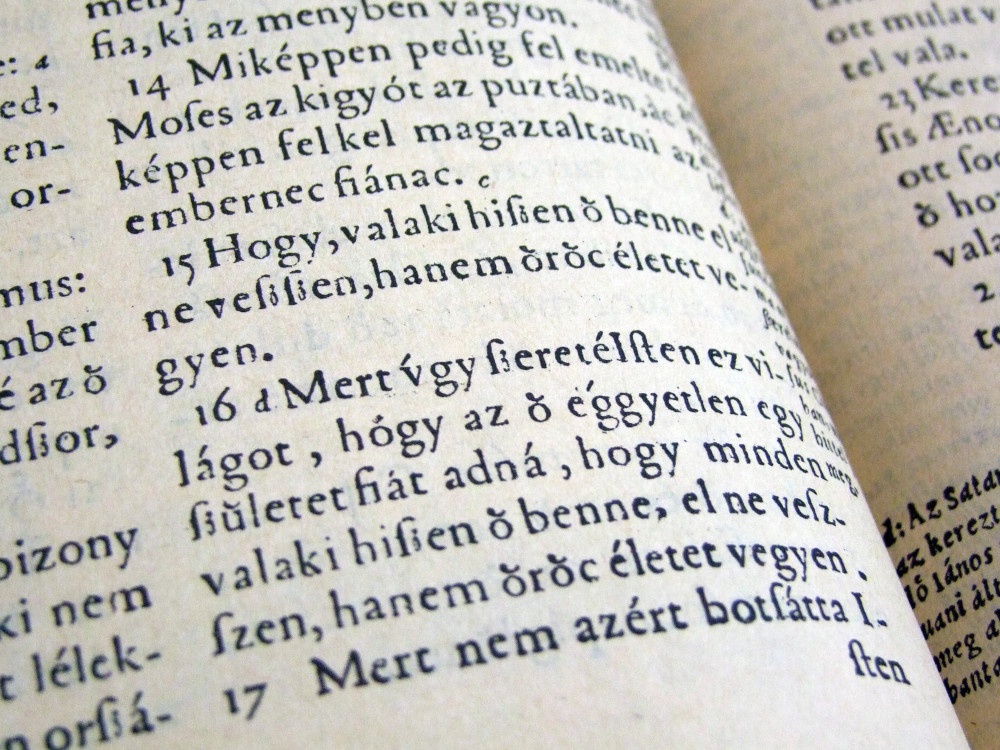A secular university might not be the place you expect to help Bible Translation, but a group at the University of Southern California’s Information Sciences Institute (ISI) is building a set of tools to do just that. They call it the Greek Room.
They are building “tools using natural language processing (NLP) to help increase the efficiency of this process and allow for more languages to be reached and translated at a faster rate,” according to a report from the Uni’s Viterbi School of Engineering.
Joel Mathew, a research engineer, and Ulf Hermjakob, a senior research scientist, are both passionate Christians and met at ISI and shared an interest “in low-resource machine translation.”
Mathew, the son of Bible Translators in India told the University reporter Avery Anderson, “There were a lot of areas where I felt software technology could really speed up, improve, support and help them. It’s one of my passions to see the Bible translated in all languages.”
Their tools make it easier for community based translators to work in teams, translating from a “gateway language” such as Hindi. (In many cases Bible Societies provide another level of translators to work alongside and check community based translations)
“The Greek Room consists of a collection of tools – spell checking, consistency, and suggestions, to name a few – that target these objective aspects of the translation process,” the Viterbi report sats
“One of these tools, known as “Wildebeest,” scans scripts and checks for surface level issues, such as misplaced or incorrect characters or punctuation. This is crucial, Mathew said, given that some of these scripts have specific guidelines in how they are written that are hard to capture or catch with the naked eye.”
Specialised spell check type tools enable translators to spot in consistencies as languages are written down for the first time.
“The alignment visualization tool, which can cross reference the target language script with similar languages that already have Bible translations and identify if words are left out or pinpoint potential errors. Related languages tend to have similar words and phonetic similarities.”
The scientists are using Chat technology to give a bank of resources to help translators. This helps people without theological degrees to understand theological concepts and helps them work as translators at the community level.
But higher level translation issues should be carried out by humans. Mathew – the USC scientist not the apostle – gives good example. “’There is a community living in the mountains, and they live in huts without doors, so there’s no concept of a door in their culture,’”’ Mathew said. ‘“’In the Bible there is a verse that says behold I stand at the door and knock. The question is, how do you translate that for people so that it is meaningful for them?’”’
“The rest of the verse goes on to say if anyone hears my voice, which Mathew said reveals the bigger picture meaning behind the verse: the invitation itself.
“’We try to then explain it as not specifically knocking at the door, but instead describe a scene where someone is standing at the entrance of your house and asking to be invited to come in,’ he added.”
Image credit: Pxfuel

